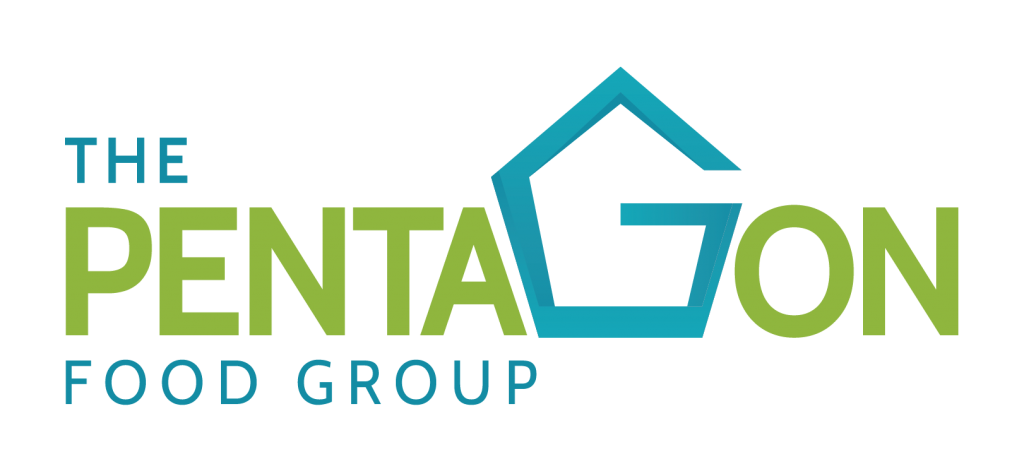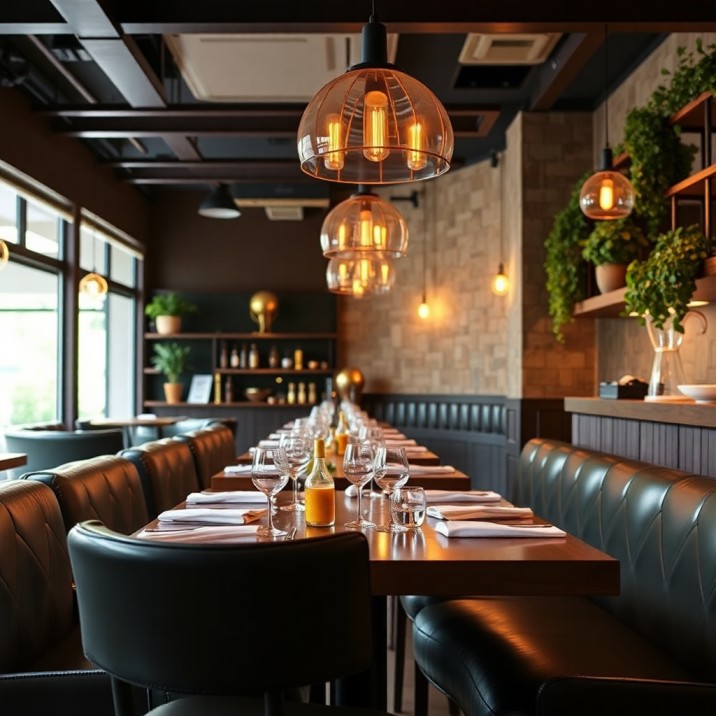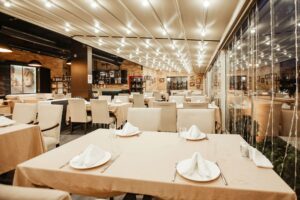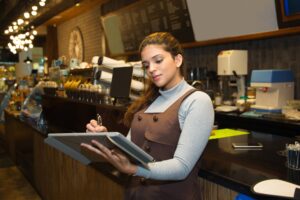Running a successful restaurant isn’t just about serving delicious food, it’s also about maximizing efficiency and profitability. One of the most critical metrics to track and improve is your restaurant table turnover rate. This metric measures how many times a table is occupied by new guests during a service period. A higher table turnover rate means more customers served, increased revenue, and better resource utilization.
In the UK’s competitive dining scene, where footfall and customer expectations are high, improving your restaurants table turnover rate can make a significant difference to your bottom line. Here are some proven tactics to help you achieve this:
1. Streamline Your Menu
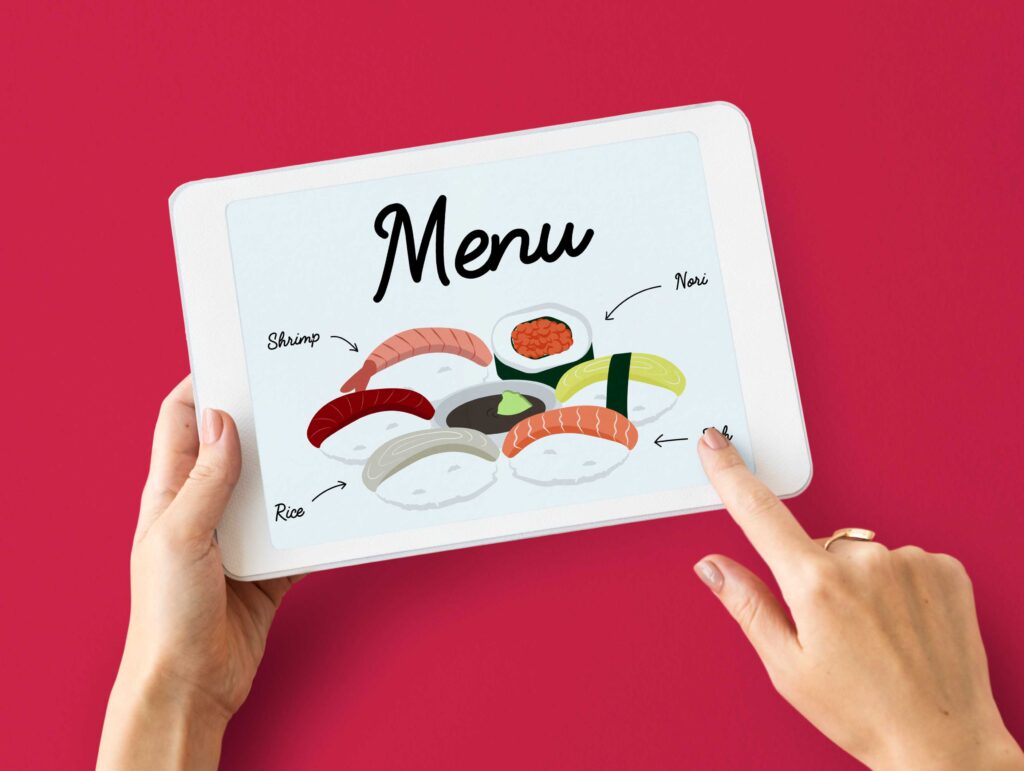
A cluttered menu can overwhelm customers and slow down decision-making. According to a study by Menu Engineering, restaurants with concise menus see a 15-20% faster ordering process. Focus on your best-selling dishes and seasonal specials to reduce decision time and kitchen prep.
Pro Tip: Use menu design to highlight high-margin items and speed up ordering.
2. Optimise Table Layout
Your restaurant’s layout plays a crucial role in improving table turnover rate. Ensure tables are spaced efficiently to allow easy movement for staff and customers. Consider using smaller tables for groups of two or four, as they can be easily combined for larger parties.
Latest Stat: A report by Restaurant Hospitality found that restaurants with flexible seating arrangements saw a 12% increase in turnover rates.
3. Leverage Technology
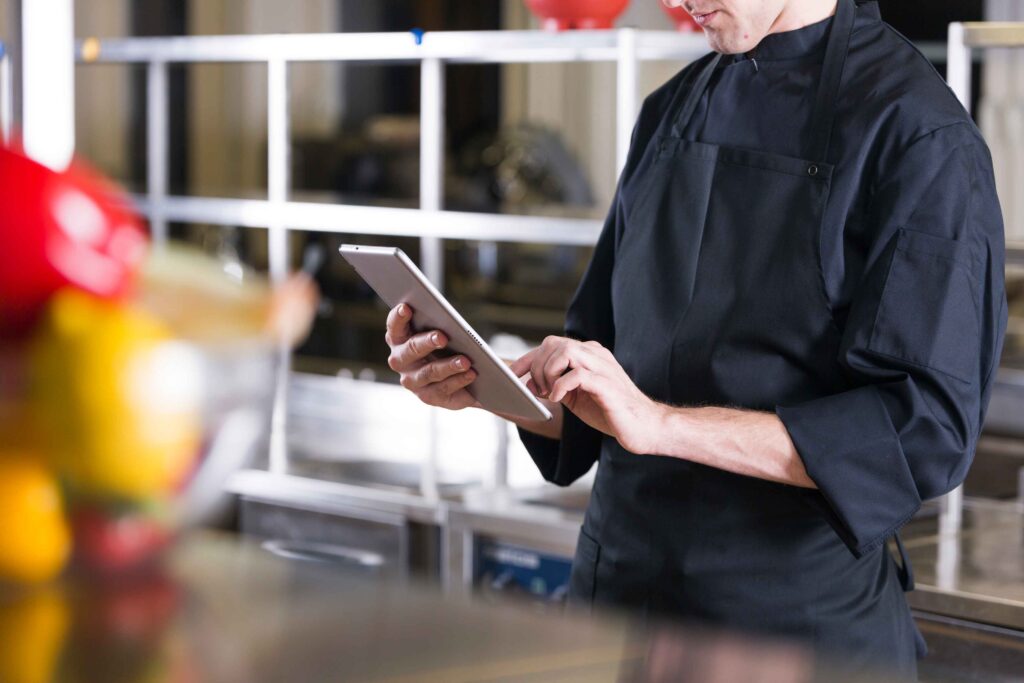
Invest in technology to speed up service. Tabletop tablets for ordering, contactless payment systems, and reservation management software can significantly reduce wait times. For example, QR code menus have become increasingly popular post-pandemic, cutting down ordering time by up to 30%.
Pro Tip: Use a POS system that integrates with your reservation platform to track table availability in real-time.
4. Train Staff for Efficiency
Your staff are the backbone of your restaurant’s operations. Train them to anticipate customer needs, handle multiple tasks simultaneously, and gently encourage diners to wrap up their meals during peak hours.
Latest Stat: A National Restaurant Association survey revealed that restaurants with well-trained staff experienced a 10-15% improvement in table turnover rate.
5. Offer Pre-Order and Pre-Pay Options
Encourage customers to pre-order or pre-pay for their meals, especially during busy periods. This tactic is particularly effective for events, group bookings, or takeaway orders.
Pro Tip: Promote pre-order options through your website, social media, and email marketing campaigns.
6. Implement Time-Limited Reservations
During peak hours, consider setting time limits on reservations. For example, a 90-minute seating window can help manage customer flow and ensure tables are available for the next group.
Latest Stat: Restaurants that implemented time-limited reservations saw a 20% increase in turnover during peak hours, according to Hospitality Trends UK.
7. Encourage Bar Seating
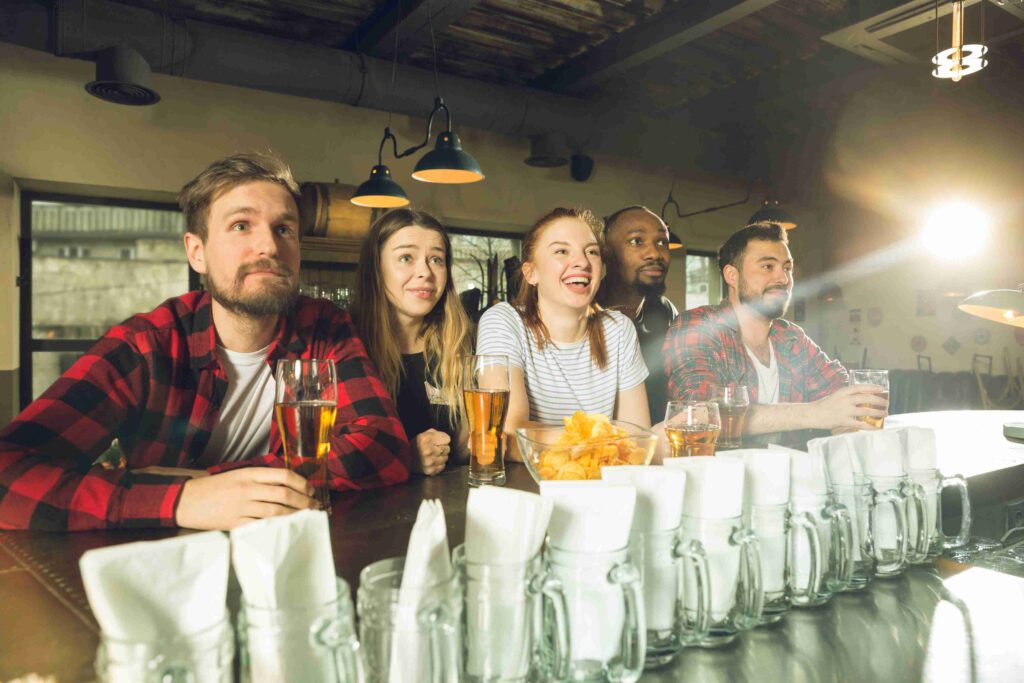
Bar seating is a great way to accommodate solo diners or small groups who may eat faster than larger parties. It also creates a lively atmosphere, which can subtly encourage quicker turnover.
Pro Tip: Offer bar-exclusive specials or discounts to attract more customers to this area.
8. Monitor and Adjust
Regularly track your restaurant table turnover rate and identify bottlenecks. Use data from your POS system, customer feedback, and staff observations to make informed adjustments.
Latest Stat: Restaurants that actively monitored and optimized their turnover rates reported a 25% increase in revenue over six months, according to Hospitality Insights.
9. Create a Takeaway Option
If your restaurant is consistently full, consider offering a takeaway or delivery option. This allows you to serve more customers without increasing physical seating capacity.
Pro Tip: Partner with food delivery platforms or set up your own online ordering system to capture additional revenue.
10. Enhance the Dining Experience Without Rushing
While improving turnover is important, it’s equally crucial to maintain a positive dining experience. Train your staff to be polite yet efficient, and ensure customers never feel rushed.
Pro Tip: Offer complimentary items like after-dinner mints or a small dessert to thank customers for their visit, leaving them with a positive impression.
11. Optimise Decor and Ambiance
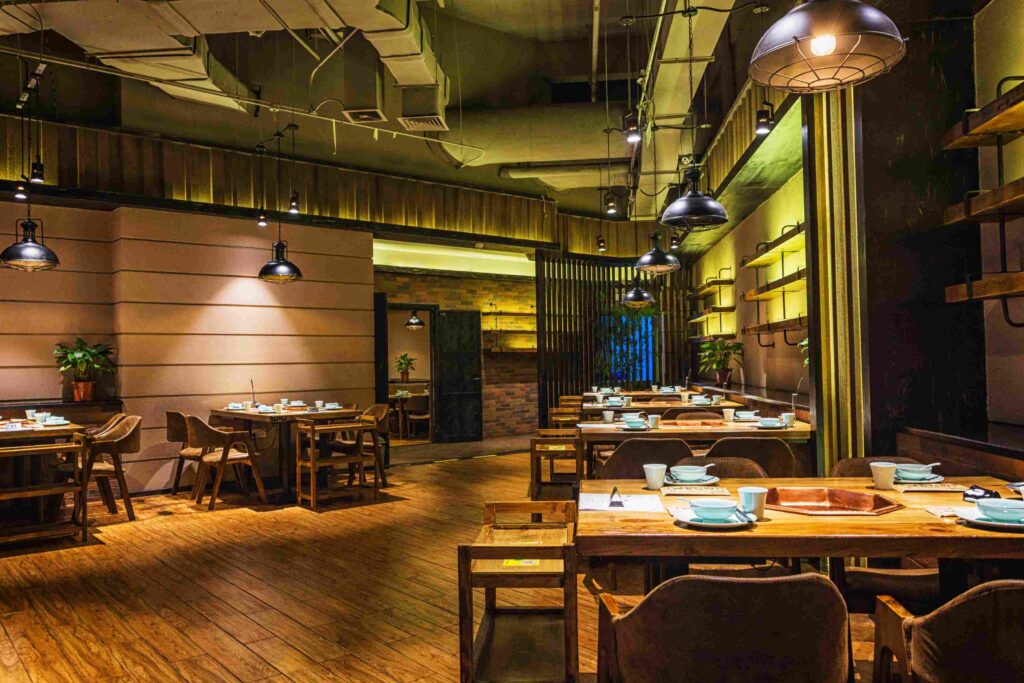
Your restaurant’s decor and atmosphere can subtly influence your table turnover rate. A few strategic changes can encourage faster dining without compromising comfort:
- Music: Upbeat tunes can subconsciously speed up eating. Studies show faster-tempo music encourages quicker meals compared to slower tracks.
- Temperature: Keep the dining area slightly cooler. Research suggests lowering the temperature by a few degrees can increase food consumption by nearly 20%.
- Colours: Use warm, stimulating colours like reds, oranges, and yellows—commonly seen in fast-food chains—to keep energy levels high.
- Seating: Choose comfortable but not overly plush seating. Overly cozy chairs or booths can make guests linger longer.
- Table Layout: Tailor your tables to your clientele. For example, smaller tables for couples can maximize seating capacity and turnover.
Small tweaks to your decor and ambiance can create a more dynamic dining experience, helping you serve more customers efficiently.
Read More: The Art of Menu Planning: Tips for Restaurants
Final Thoughts
Improving your restaurants table turnover rate is a balancing act between efficiency and customer satisfaction. By implementing these tactics, you can serve more customers, boost revenue, and create a seamless dining experience.
Remember, the key is to monitor your progress and adapt your strategies based on customer preferences and operational data. With the right approach, you’ll not only increase your turnover rate but also build a loyal customer base that keeps coming back for more.
What strategies have you tried to improve your restaurant’s table turnover? Share your experiences in the comments below!
